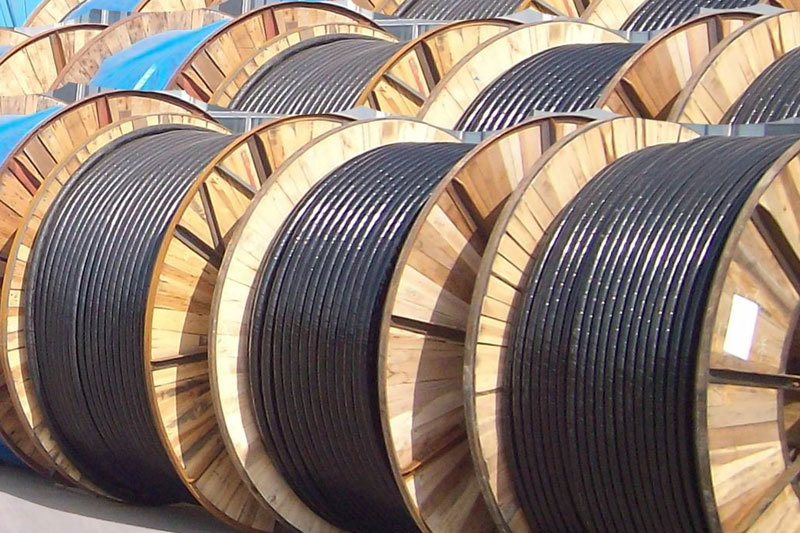What is the difference between cross-linked polyethylene insulated cables and ordinary insulated cables?

Cross-linked polyethylene insulated power cable has good thermal-mechanical properties, excellent electrical and chemical corrosion resistance, but also has the advantages of simple structure, light weight, laying is not limited by the gap and so on. Currently widely used in urban power grids, mines and chemical plants and other places. Cable insulation using cross-linked polyethylene, is the use of chemical methods to convert linear molecular polyethylene into a three-dimensional network structure of cross-linked polyethylene, thereby greatly improving the mechanical properties of polyethylene, and maintain excellent electrical properties. What are the differences between XLPE insulated cables and ordinary insulated cables? What are the advantages of XLPE insulated cables compared to ordinary insulated cables?
1. The material difference between XLPE insulated cable and ordinary insulated cable.
2. Temperature resistance: The temperature resistance level of ordinary insulated cables is generally 70°C, and the temperature resistance of cross-linked polyethylene insulated cables can reach 90°C.
3. Different current carrying capacity: For cables with the same conductor cross-sectional area, the current carrying capacity of XLPE insulated cables should be greater than that of ordinary insulated cables.
4. Scope of application: When ordinary insulated cables burn, they will release toxic HCl smoke, and ordinary insulated cables cannot be used when fire protection requirements are low. Cross-linked polyethylene insulated cables are suitable for distribution networks, industrial devices or other areas that require large-capacity electricity. They are used for fixed laying on power transmission and distribution lines with AC 50Hz and rated voltage of 6kV ~ 35kV. The main function is to transmit electric energy.
The advantages of cross-linked polyethylene insulated cable:
(1) Cross-linked polyethylene is a cross-linked polyethylene that converts a linear molecular structure into a three-dimensional network structure by chemical or physical means. To a large extent, it improves the thermo-mechanical properties of polyethylene and maintains excellent Electrical properties.
(2) The rated working temperature of the conductor of the cross-linked polyethylene insulated cable can reach 90°C, which is higher than the rated working temperature of the PVC insulated cable and the polyethylene insulated cable, thereby further improving the carrying capacity of the cable.
(3) XLPE insulated cable has excellent thermal mechanical properties, excellent electrical properties and chemical corrosion resistance. At the same time, it has the advantages of simple structure, light weight, and unlimited laying. It is currently widely used in urban power grids and mines. And a new type of factory cable.
Key words:
Share


